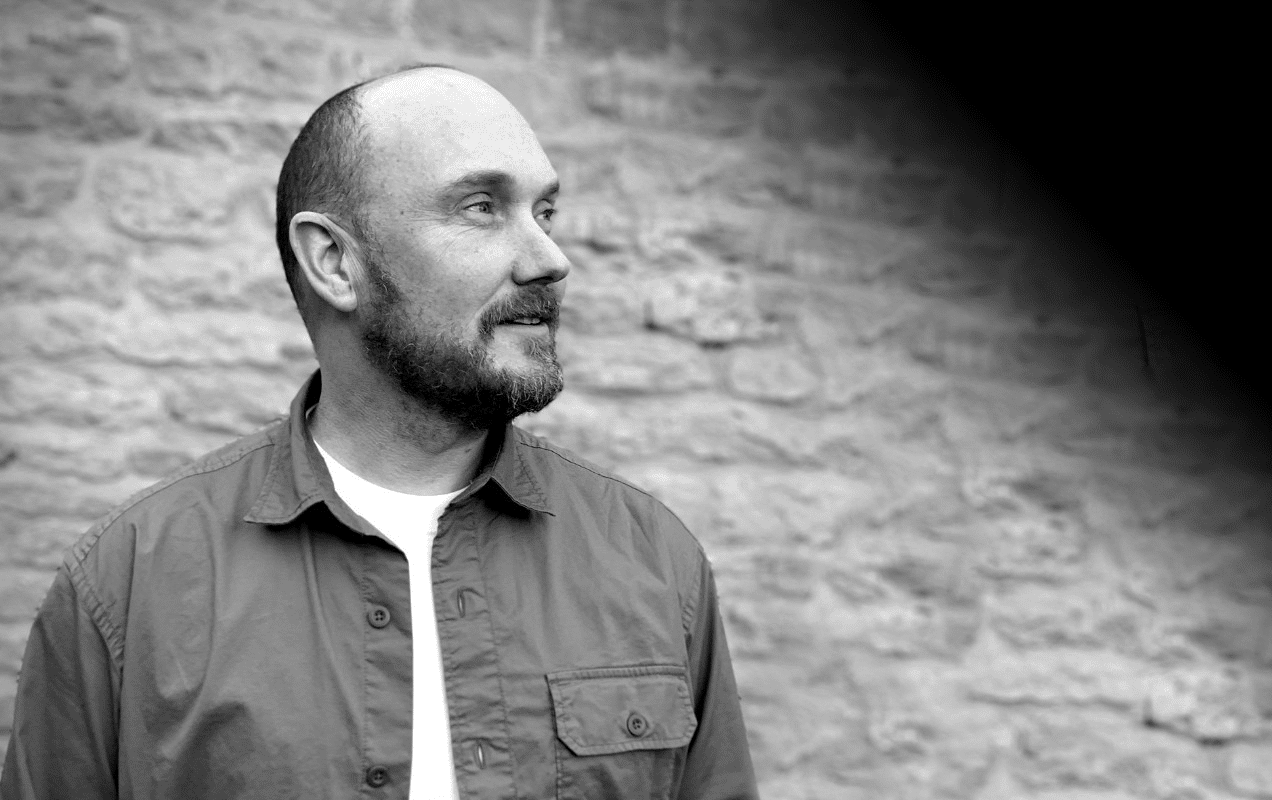Three key learnings from being an in-house creative leader

“Trust me: you are making a difference”. Six months into his new role as Reckitt’s Global Design Officer, Health, Lee Barnsley shares some key lessons for every in-house creative leader
It’s been a while since a shared a thought piece on design. Being honest, I’d rather let the work do the talking. Rather than bang the drum again on the topic of in-house and why it matters more than ever in today’s world, I thought why not share my learnings six months into my Design Officer role. Hopefully I can help others on their design journey with some honest thoughts and advice. I’ll admit now, this is in no way an inspiring TED talk. But hopefully you enjoy these three key learnings.
1. Being a Design Leader is hard
There’s no point sugar-coating it: creativity and corporate culture are something that feel very much at odds with each other. Large corporations love process, rules and regulations. And rightly so. In the event that something goes wrong (for example, a product recall) it’s imperative that things can be traced back to the beginning so that it doesn’t happen again.
But creativity by its very nature hates rules. Nothing amazing was ever created by following the rules. Creativity will always feel like something of an outcast when your business is so focussed on immediate results and returns on investment. It’s a feeling that some embrace, but others struggle with.
I’m not afraid to challenge the status quo, but you also have to be respectful of the people around you. Being able to answer both the company’s short term needs, and provide a vision of the future is not an easy task. And so I have developed a thick skin. I know that when the time is right, that nugget of an idea that was shot down two years ago, will surface again one day like a stealth submarine ready to make an impact.
For years I’ve been through highs and lows on my career journey, and at times it often feels like you are hitting your head against a brick wall, but there’s one thing I now know to be true… Trust me, you are making a difference.
2. The best skill to learn…. Shut up and just listen.
Design has long been full of big characters who command rooms and aren’t afraid to have their voices heard. But I’ve learnt, it’s about being respectful of other functions needs. Take the time to listen.
Design by its very nature is about identifying consumer needs and developing solutions that answer those needs. Listening and really understanding the pain points of your customers, and your work colleagues goes a long long way.
Data, productivity, category growth, return on investment. Upstream vs downstream. These are all terms that you should make part of your every day vocabulary. But develop your own voice and remember… don’t always assume people know what you do. I learnt this lesson very recently.
3. There’s comfort in discomfort
You’ve likely heard the mantra: “Fail fast, learn fast.” Owning up to missteps and vowing to grow from them is a cornerstone of success. It’s the entrepreneurial spirit in a nutshell. If plan A flops, pivot. If plan B goes south, regroup and evolve.
Mistakes aren’t roadblocks; they’re stepping stones in the learning journey.
Adaptability is key in a world where consumer habits shift quicker than quicksand. Your brand, team, and business need to stay agile, or you’ll find yourself playing a costly game of catch-up.
Change is the only constant, embracing discomfort becomes a strategic advantage. Design’s iterative approach equips businesses to not only respond to changes but to proactively shape their future. It’s about being comfortable with uncertainty, and using it as a catalyst for growth and innovation.
Lee Barnsley is Reckitt’s Global Design Officer, Health and an IHALC member
